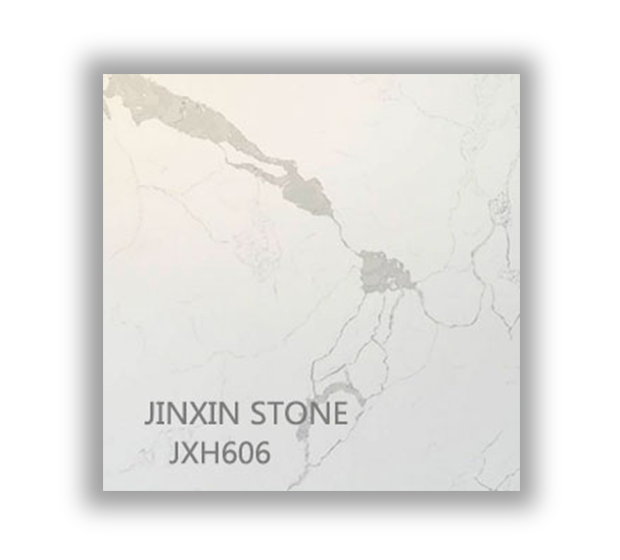Quartz glass is a kind of special glass containing only a single component of silica. Due to the different types, processes and raw materials, silicate glass, quartz glass, fused quartz, fused quartz, fused quartz, synthetic fused quartz and transparent, translucent and opaque quartz without definite concept are often called abroad. Quartz glass (quartz glass sheet, quartz glass tube, quartz glass instrument) in China is generally classified according to process, use and appearance, such as fused transparent quartz glass, fused quartz glass, gas-smelted transparent quartz glass, synthetic quartz glass, opaque quartz glass, optical quartz glass and quartz for semiconductor. Glass, quartz glass for electric light source, etc. It is absolutely inappropriate for people to use the simple term "quartz" to name this material, because "quartz" is a generic term for the crystalline state of silicon dioxide, which is different from glass silica in physical and chemical properties. 
1. Purity Purity is an important index of quartz glass, which has great influence on its physical and chemical properties and application properties, such as impermeability, high temperature strength, softening point, light transmission, thermal stability, chemical stability, radiation resistance, fluorescence properties, etc. In addition, quartz glass used in semiconductor industry has more stringent requirements for purity and trace amounts. Impurities will seriously affect the electrical properties, lifetime and integration of semiconductor materials. Since the purity of semiconductor materials is required to be controlled below the order of ppb, quartz glass should be controlled at the order of PPm to meet the needs of semiconductor industry. The segregation coefficient of B is close to 1, which is the most difficult to remove and one of the most harmful impurities. Cu, Fe and Ti affect the minority carrier lifetime of semiconductors. K, Na and Li are harmful impurities that cause micro-defects in single crystal materials. The company has been serving the semiconductor industry for more than 40 years, and has always been committed to the research and development of removing the above harmful impurities. 2. Impermeability Loss of permeability (also known as crystallinity) is an inherent defect of quartz glass. From the thermodynamic point of view, the internal energy of quartz glass is higher than that of crystalline cristobalite, which belongs to thermodynamic unstable metastable state. When the temperature is higher than 1000 C, the vibration of SiO 2 molecules accelerates and crystallizes after a long period of rearrangement and orientation. The impermeability is expressed by the growth rate of crystal nucleus. The crystallization rate of opaque quartz glass reaches the maximum at 1520 C and transparent quartz glass reaches the maximum at 1620 C, respectively. Crystallization mainly occurs on the surface, followed by internal defects. The reason is that these areas are easily contaminated, causing the local aggregation of impurity ions, especially alkali ions (such as K, Na, Li, Ca, Mg) into the network, which results in the decrease of viscosity and acceleration of permeability. Because the thermal expansion coefficient and specific gravity of quartz glass are similar to that of crystallization product beta-cristobalite, the volume change of quartz glass is not obvious even though the crystallization zone is expanding continuously at high temperature, and it can be used satisfactorily. At this time, the plastic deformation of glass can be reduced and the refractoriness can be improved. When the crystallization product is cooled to 800 C, a fine crack network appears. When the quartz is cooled to 200-275 C, the structure of quartz changes from high-temperature type to low-temperature type (i.e. beta-quartz to a-quartz), accompanied by volume fusion. If the crystallization layer is very deep, the quartz glass will also rupture. Because crystallization often occurs in places with impurities, the surface state and surrounding refractories and atmosphere before high temperature use are very important. The precautions for using quartz glass will be introduced later. 3. Chemical properties Quartz glass is an acid material. Except hydrofluoric acid and hot phosphoric acid, it is inert to any other acid and is the best acid-resistant material. The corrosion of quartz glass by alkali and salt at room temperature is also very slight, so the use of quartz glass in these reagents is not excluded. Transparent quartz glass has better chemical stability than opaque quartz glass because the latter is due to the increase of surface area exposed to corrosive solution due to the presence of bubbles.
|

 Home
Home
